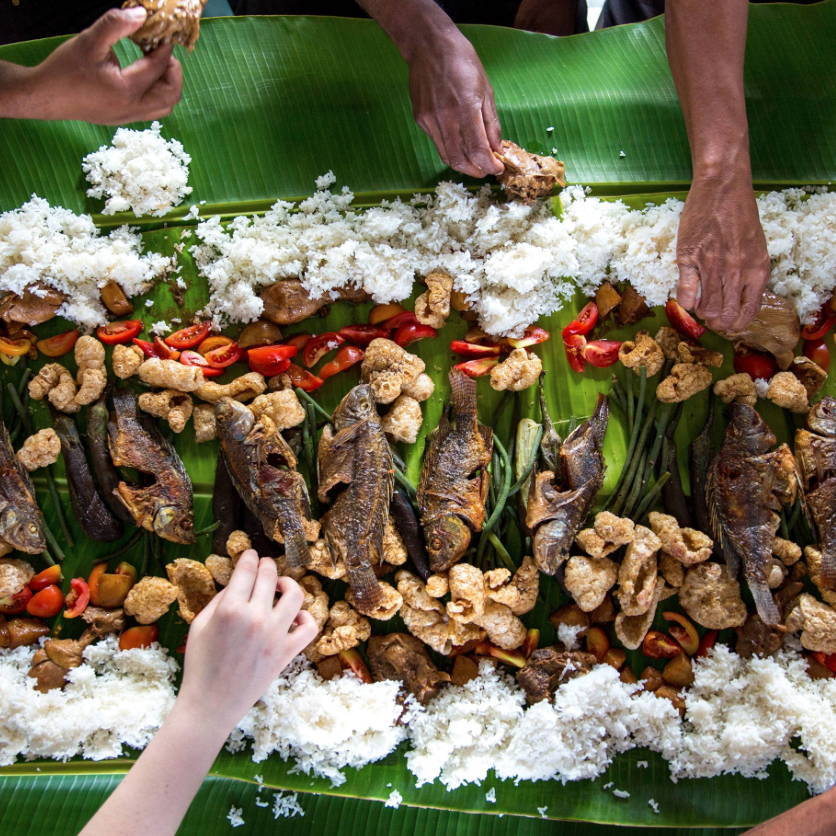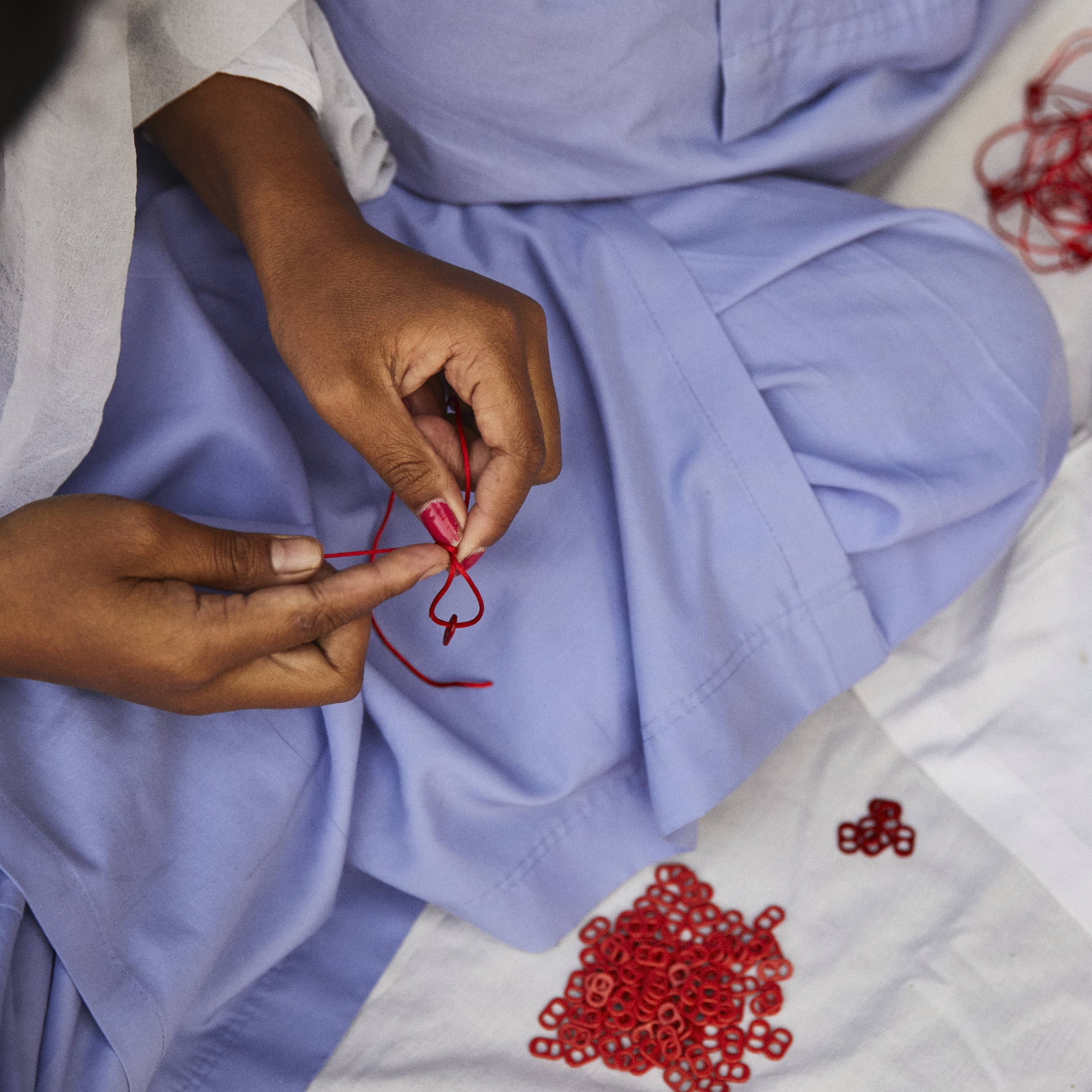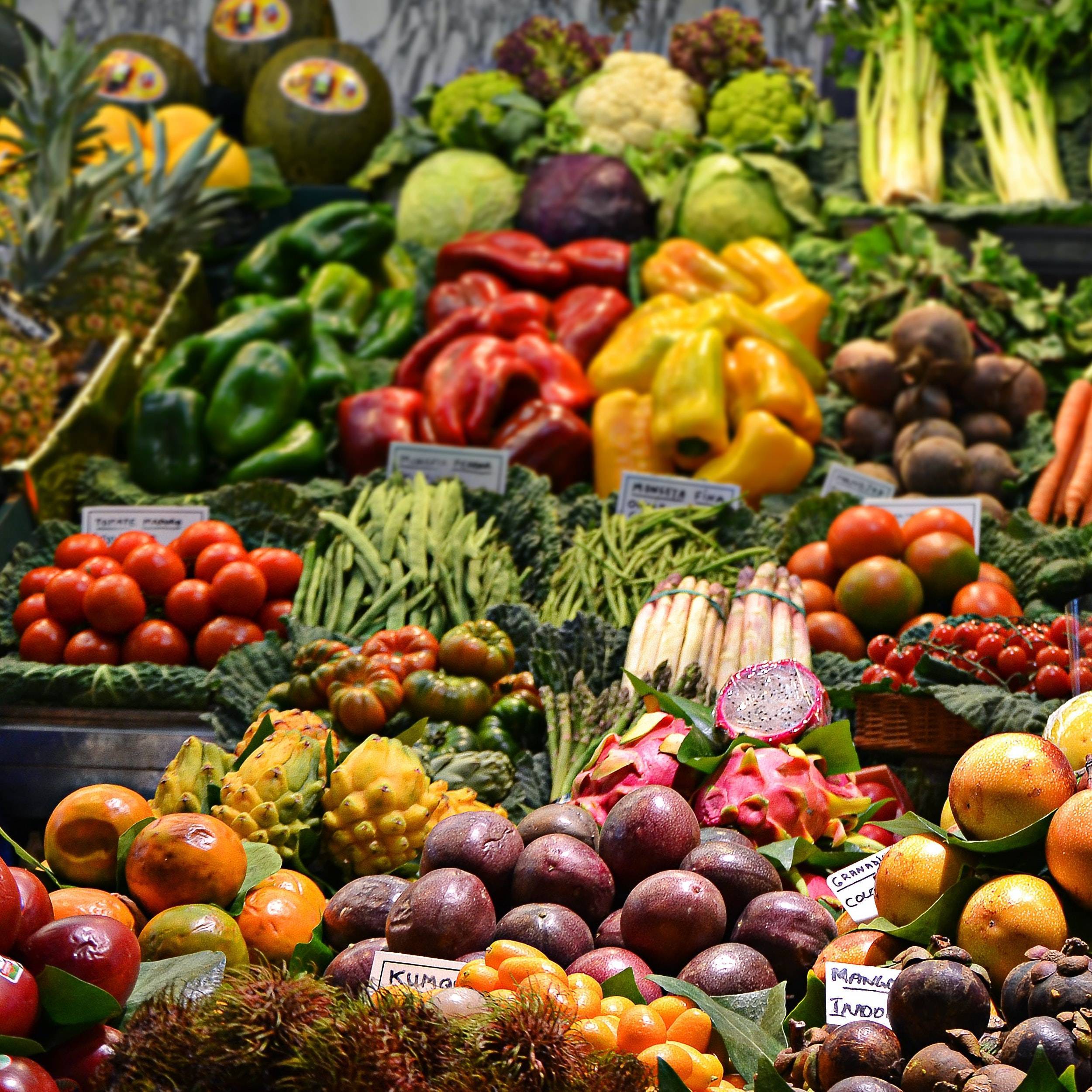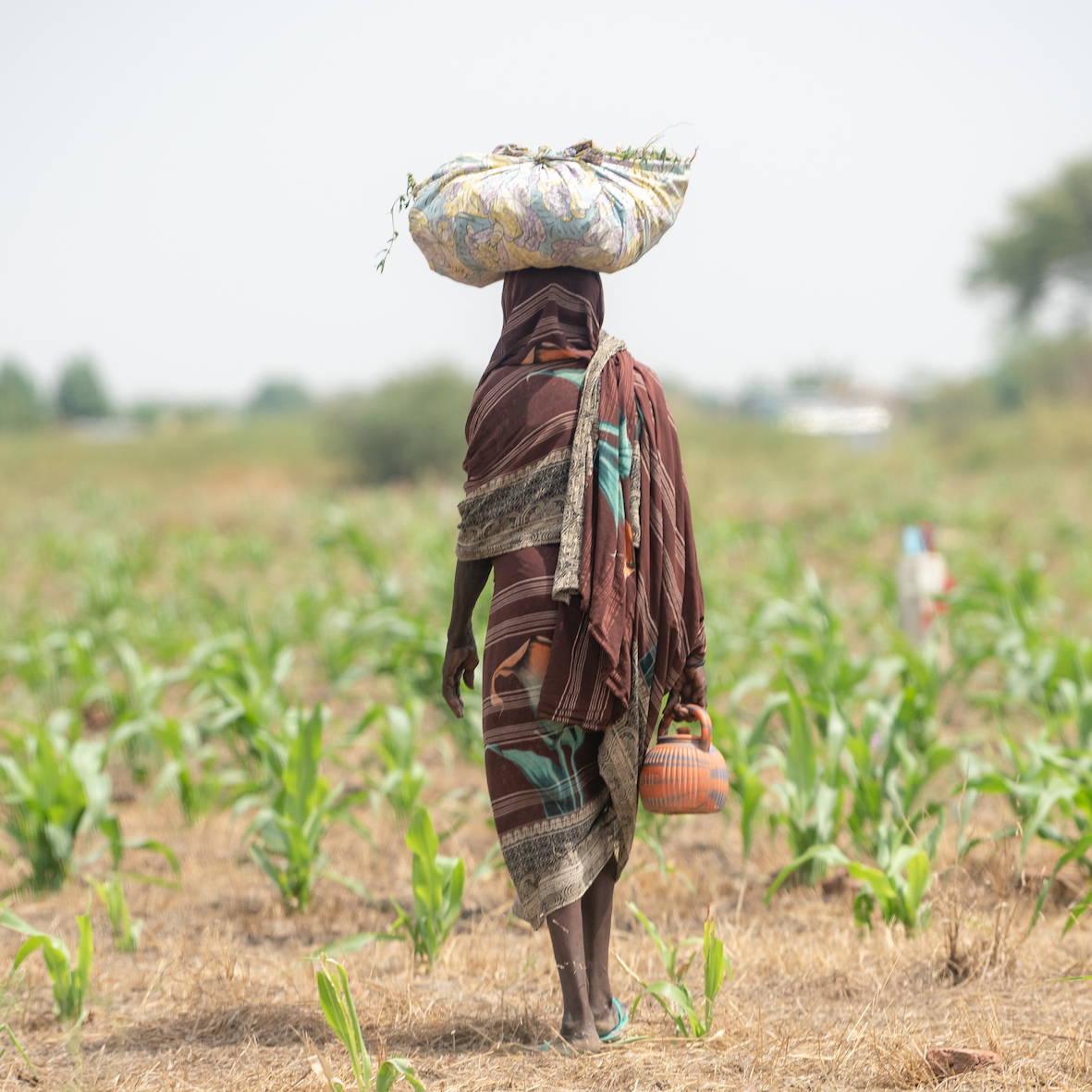
Image: Shutterstock
Goal 02: Zero Hunger
why food is a feminist issue
Hunger affects more women around the world than men. How can we tackle the gender gap?
By LEANNE WALSTOW
24 MaY 2021
‘My baby girl became malnourished because there was no food. If I don’t have enough food to eat, how do I produce breastmilk to feed her?’ Like many displaced women, Sadiya was forced to flee her hometown in Nigeria due to armed conflict, six years ago. Her daughter, Ruqayya, became ill last year. ‘It started with a fever, she was crying a lot,’ says Sadiya. Thankfully Ruqayya recovered after treatment in hospital and special therapeutic food from the World Food Programme. Sadiya is also enrolled in WFP’s targeted supplementary feeding programme for pregnant and breastfeeding women, but many never get this help they so desperately need.
Sadiya is one of the 690 million people around the world who are hungry – 60% of these are women and girls. It’s no surprise, given that globally women have fewer opportunities to earn their own money and fewer land ownership rights, making them far more vulnerable to poverty and hunger. Of course, no one should suffer, but why does the issue disproportionately affect women and girls?

Sadiya and her daughter Ruqayya
Image: World Food Programme
Patriarchy and poverty
Deep-rooted gender stereotypes are damaging women’s chances of getting a good meal. In many countries women are either limited to unpaid domestic roles or if they do find work, they’re often paid less than their male counterparts – 23% less in fact. Lower earnings of course mean less food.
Women may be in charge of managing the household food supply, but patriarchal norms mean that men usually have the final say when it comes to the distribution of food. In many countries in the Global South traditionally men eat first, followed by children and finally women, who are usually the first to sacrifice food so their children can eat instead.
Dr. Lina Abirafeh, feminist activist, former aid worker, and Executive Director of the Arab Institute for Women at the Lebanese American University, argues that these traditions are ‘built around the notion that women and girls’ lives are less valued and less valuable – these traditions come from a culture of entitlement that is anchored in patriarchy.’
Sohela Nazneen, a research fellow based at the Institute of Development Studies agrees, also linking these customs to how women’s labour is perceived as less valuable than men’s, especially when they are unable to bring in the same money for equal work. When food is scarce it is viewed as an investment. ‘If the man’s work is seen as more important to sustain the household and that’s where you need to make the most “investment” then that’s who will get the most food.’
Paying the price for war
War is the biggest driver of global hunger, with 60% of the world’s hungry living in areas affected by armed violence. Conflict cuts people off from their supply chains and leaves them more vulnerable to malnutrition and starvation. In times of conflict women’s rights are often the first thing to go, leaving them far more likely to experience sexual violence, abuse and even abduction – a 2019 UN report found that 96% of conflict-related sexual violence targeted women and girls.
War reinforces patriarchal systems as women lose their rights. It means there are even fewer (if any) opportunities for women to work and if husbands and fathers are killed in the conflict, it leaves women unable to provide for themselves or their household.
Dr Lina AbiRafeh has worked as a UN aid worker in humanitarian emergencies worldwide and seen how women struggle in these situations first-hand: ‘Women will do whatever it takes to survive and when aid is inadequate, they can resort to riskier means or practices in order to get what they need. All over the world it’s been documented that there were increases in cases of women trading sex for food.’
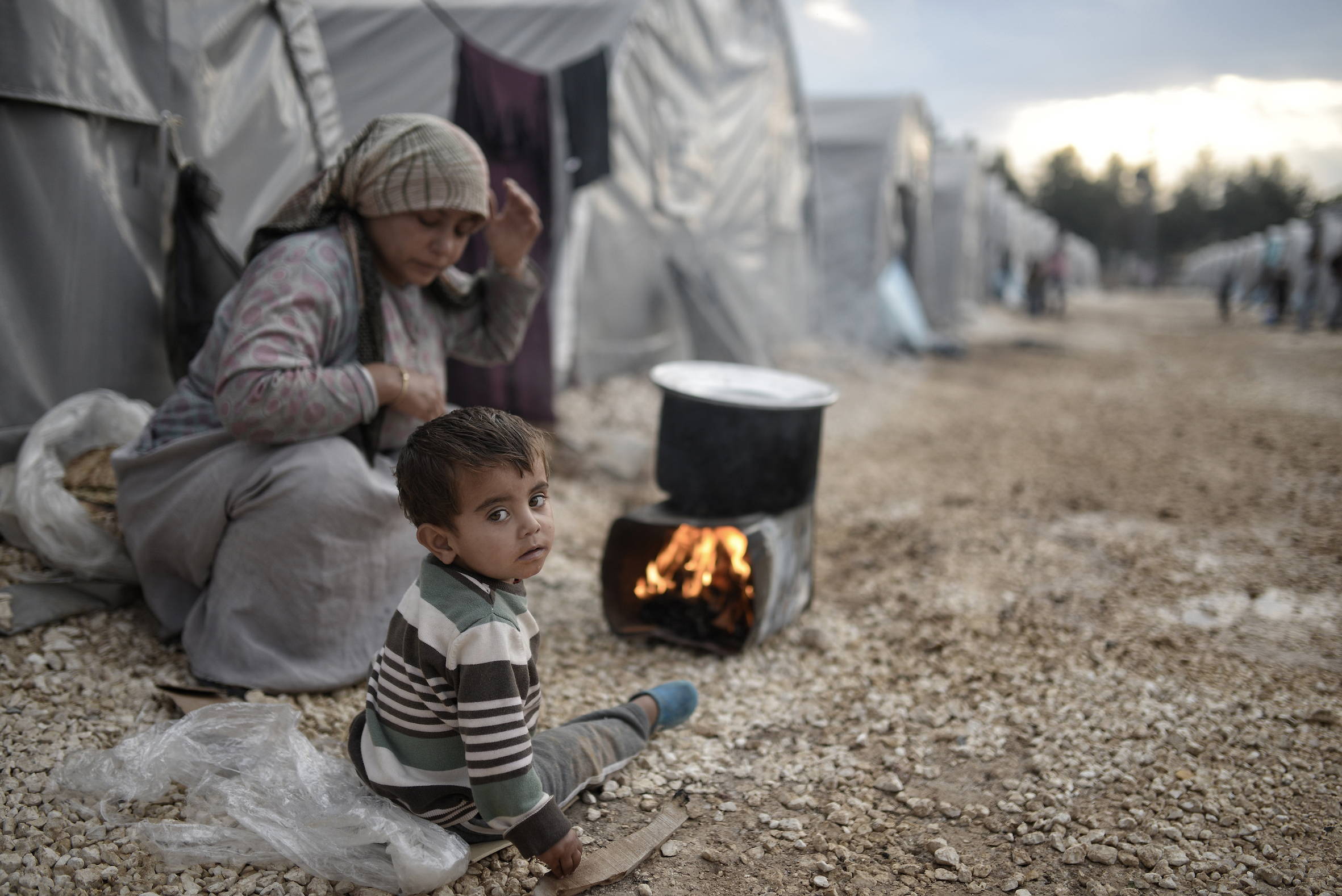
Image: Shutterstock
Climate catastrophe
You might think that climate change forcing people away from their homes is a threat for the future, but climate displacement has been a growing issue for decades. The UN estimates that 80% of people displaced by climate change are women. Not only do women make up the majority of climate refugees, they are also far less resilient to climate change-related natural disasters. It is more difficult for them to re-establish their lives and adapt to their circumstances, leaving them at greater risk of going hungry. Climate change not only causes natural disasters, it also plays havoc with crops and can mean that whole harvests can be lost. As we know, when food scarcity hits communities, women are always the first to feel the pinch.
Vital school meals
The education gap between genders is well-known, but did you know that education is inextricably linked to hunger? ‘For girls, school is a very important place, it’s a safe space but it’s also access to food because of school meals,’ argues Nazneen.
The success of the World Food Programme’s school meal initiatives show that these schemes boost girls’ attendance at school, with significant results. For every year a girl spends in education her future income increases by up to 20%, and the chance that she will end up as a victim of child marriage also begins to plummet. Poverty and hunger are both contributing factors when it comes to child marriage, Nazneen explains. ‘When you think you cannot feed your child, you may look for an alternative that is better than what you can offer them, and if marriage is that better alternative, you would take it.’
If girls can stay in education they’re more likely to be able to earn their own income in the future and therefore provide food for themselves and their family, reducing this stress factor. Education is one of the key ways that we can break the hunger cycle.
Female farmers are hungry for change
More than half of the world’s agricultural workers are women, yet only 13% of agricultural land-holders are female. Because of sexist laws and attitudes, in many countries women are not allowed to own land, let alone manage it themselves. This lack of formal ownership stops women from entering financial markets and securing start-up loans – since they legally do not own assets, there is nothing for them to secure financing against.
Women are also often blocked from agricultural training and not given access to the same tools as male farmers. Nazneen believes that this is because ‘most of the women are at the lower end of the agricultural value chain in terms of supplying products, and if do not own assets (land, technology, credit etc), you’re not seen as a valid participant in the production process’. If women were given equal land rights and equal access to tools and resources, it is estimated that the number of hungry people in the world would drop by 100-150 million.
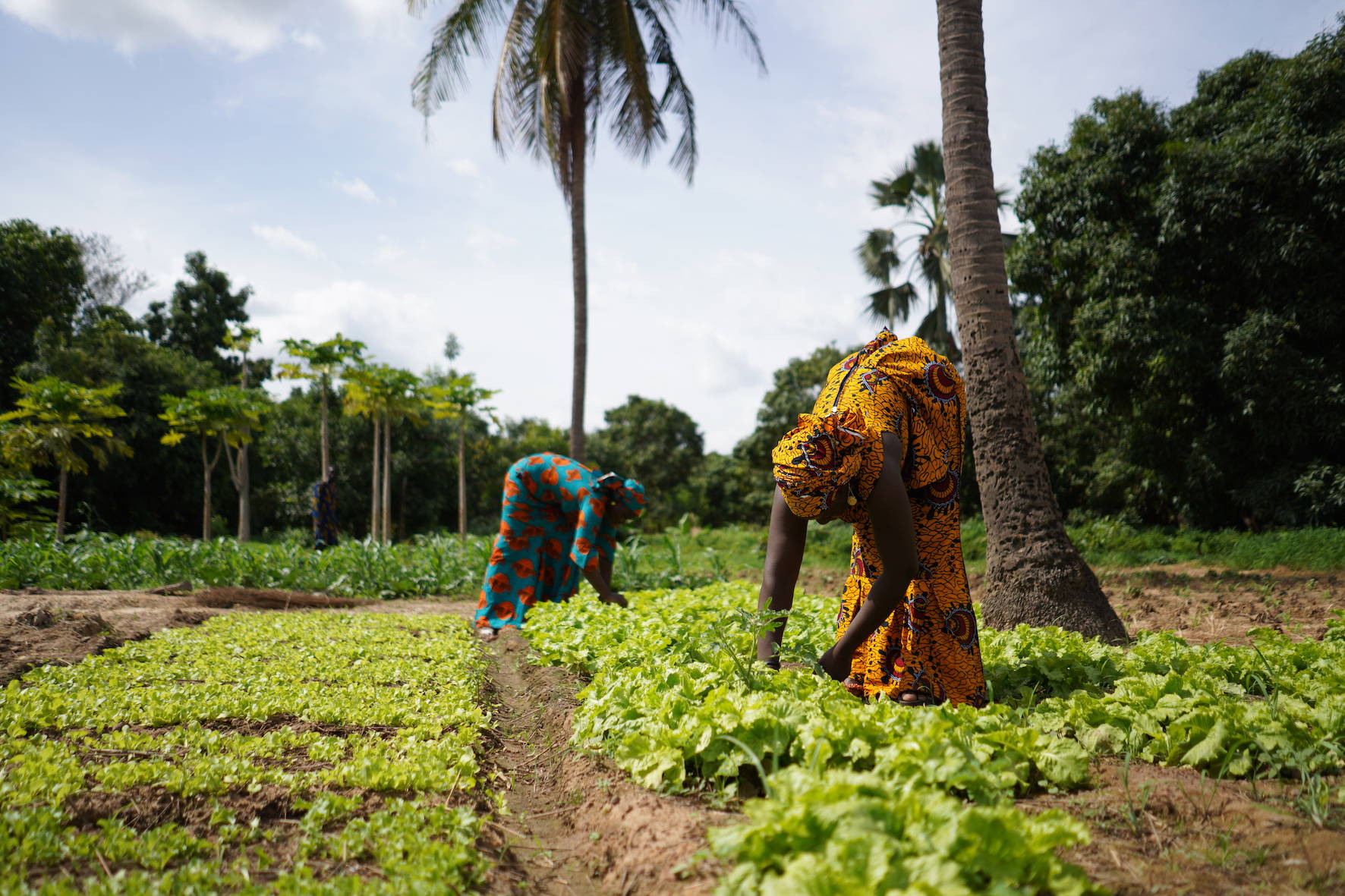
Image: Shutterstock
The solutions
For such a complex issue there is no simple solution, instead, solving hunger amongst women and girls calls for a multi-pronged approach. Not only do we need to fund projects getting food directly into the hands of women and adjust legislation to protect the rights of female farmers, crucially we also need to change global attitudes towards women to create lasting change. As Dr Lina Abirafeh says: ‘You can give women all the tools in the world but if you haven’t changed how the world perceives and values women, we haven’t really changed much. What we need is a shift in culture, attitude, mindset and education at very basic levels.’
